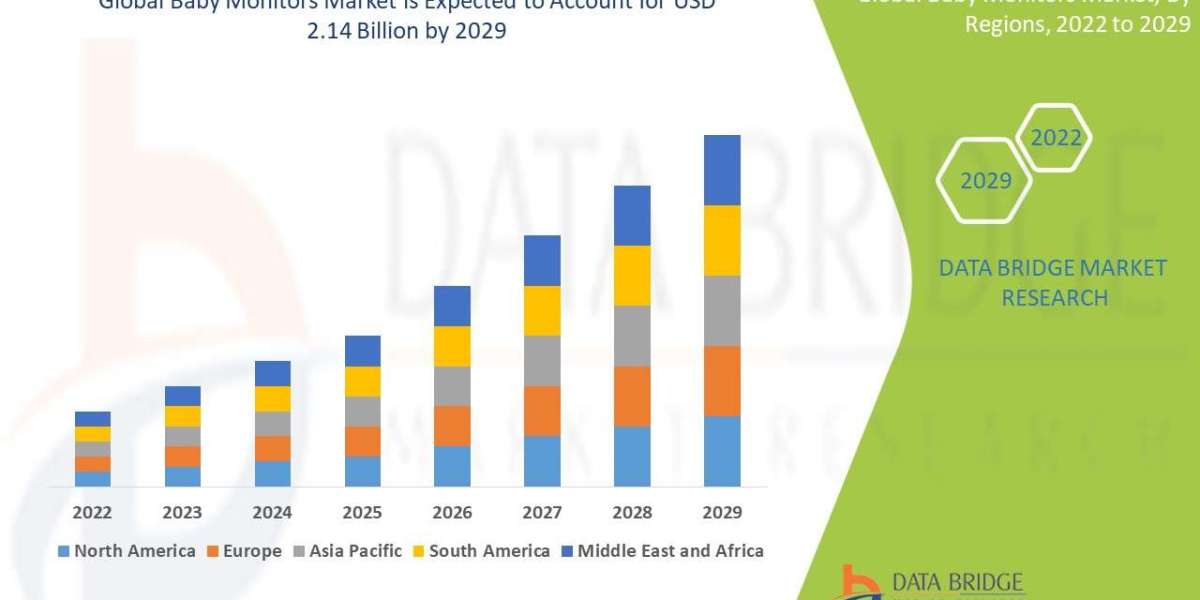Introduction
Sitting is something we all do every day—at home, at work, in school, or while relaxing. But not many people know that there are specific names for the different ways we sit. These sitting positions are used in yoga, cultural traditions, and even medical advice.
In this guide, we will explain some of the most well-known sitting position names in simple language so anyone can understand.
1. Cross-Legged Sitting (Indian Style or Sukhasana)
This is one of the most popular sitting styles, especially in Asian cultures and yoga practices.
What It Looks Like:
You are seated on the floor with your legs crossed. Your back stays straight, and your hands rest on your knees or in your lap.
Where You’ll See It:
Yoga and meditation classes
During prayer or spiritual gatherings
Cultural activities in countries like India or Pakistan
Why It’s Good:
Helps improve your posture
Increases flexibility in the hips
Keeps you calm and relaxed
2. Kneeling Position (Seiza—Japanese Style)
This formal sitting position is mostly used in Japanese culture, especially during ceremonies and martial arts.
What It Looks Like:
You kneel on the floor with your legs folded under you. Your back stays straight and your hands rest on your thighs.
Where You’ll See It:
Tea ceremonies in Japan
Martial arts training
Zen meditation practices
Why It’s Good:
Encourages proper posture
Builds discipline and focus
Strengthens leg muscles over time
3. Lotus Pose (Padmasana)
Images and statues of meditation or yoga frequently depict the lotus pose. It's a bit advanced and may take some practice.
What It Looks Like:
You sit cross-legged, but with each foot placed on the opposite thigh. Your hands may rest on your knees or form a yoga mudra.
Where You’ll See It:
Deep meditation
Yoga sessions
Spiritual environments
Why It’s Good:
Promotes deep breathing
Helps the body relax
Improves flexibility in the legs and hips
Note: If you're just starting out with this pose, begin with simpler cross-legged styles.
4. Sitting on a Chair (Standard Position)
This is the most common sitting position used in daily life—at offices, schools, or homes.
What It Looks Like:
You are seated in an upright position on a chair, with your feet resting flat on the floor, knees bent, and your back against the chair’s backrest.
Where You’ll See It:
At a desk or computer
In classrooms or offices
While eating at a dining table
Why It’s Good (with proper posture):
Provides comfort and support
Ideal for long sitting hours
Reduces strain when posture is correct
Helpful Tips:
Don’t slouch
Keep your feet flat
Adjust the height of your chair if needed
5. Squatting Position
Squatting is a natural sitting style in many parts of the world. It’s also used in exercise and traditional toilet practices.
What It Looks Like:
You bend your knees and lower your body down with your feet flat on the ground. Your arms may rest on your knees for balance.
Where You’ll See It:
During outdoor work or farming
Traditional bathroom settings
Fitness routines (like squats)
Why It’s Good:
Builds strength in your lower body
Helps digestion
Improves joint flexibility
Tip: If you have knee problems, avoid long periods of squatting.
Final Thoughts:
Understanding the names of different sitting positions isn’t just for yoga or fitness lovers. These names are useful in many areas—healthcare, fitness, cultural traditions, and even while traveling. They can help you explain body positions clearly to a doctor, instructor, or during meditation.
Let’s recap the five main sitting positions we learned:
Cross-Legged (Sukhasana)—A simple and relaxed way to sit
Kneeling (Seiza)—A respectful and formal sitting style
Lotus (Padmasana)—A deeper pose for yoga and meditation
Chair Sitting—Most common in work and study settings
Squatting—A natural posture with health benefits
Each of these has its own use and purpose. The best one depends on your body, comfort level, and the situation. Remember to always keep your back straight and avoid sitting in the same position for too long.
For more information related this type of articles, visit here













